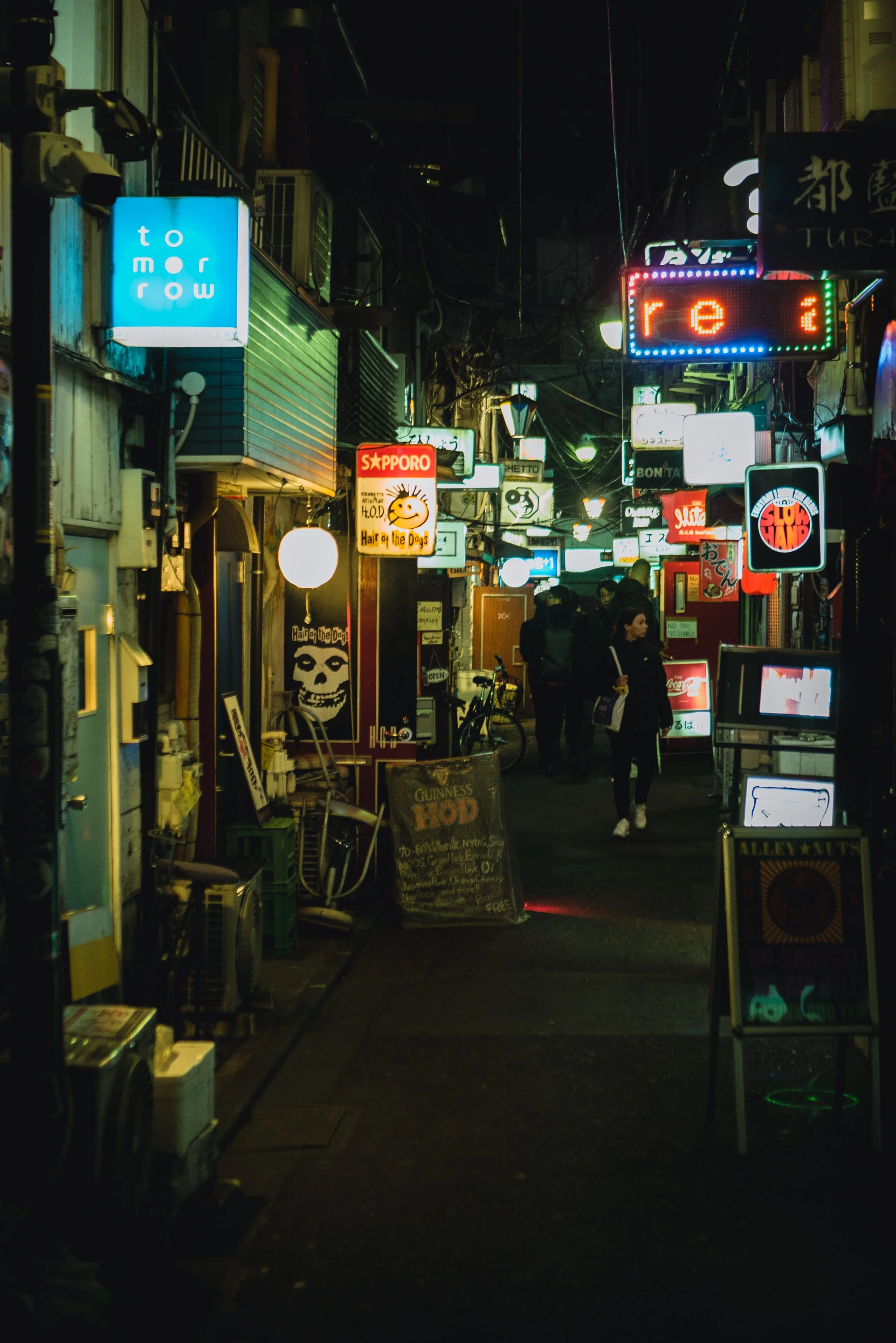By Lena Strong
Traveling to a foreign country is fun and exciting! As a Come On Out Japan intern, you get the chance to travel all over Japan— hopping from plane to shinkansen (Japan’s high-speed rail), visiting different islands and prefectures— a whirlwind of movement from place to place. You’ve probably heard the wise advice to pack as light as possible, but no matter how strict you adhere to this advice, traveling is tiring. Lugging suitcases around, switching time zones, moving in and out of share houses, all while working hard in the classroom can be exhausting.
This may seem overwhelming at first but don’t worry, for Japan has the key to ultimate relaxation...onsens. If you are walking through a village and see the symbol ♨ or the kanji 湯, then you have come upon an onsen, or a Japanese hot spring. Japan being a volcanically active island, people have been harnessing the land’s natural resources for thousands of years, and to this day public bath culture continues to thrive.
Where should I go?
The geothermally heated water, rich with minerals and natural gases, provides health benefits in addition to a soothing experience. Traditionally located outdoors, there are a variety of facilities that offer both indoor and outdoor bathing, though it is tough to beat immersing yourself in the steaming waters amidst the sounds and sights of Japan’s beautiful forests. If you are staying in Tokyo, then you are close to the well-known waters of Hakone. However, the most famous onsen in Japan is Kusatsu, known for its high-quality hot springs that are said to heal every illness but lovesickness.
If you are a history lover, or a fan of Spirited Away, then you should visit Dōgo Onsen, Japan’s oldest public bath. Around 3,000 years old, this hot spring has been the frequent destination of common people and the Imperial Family alike. Its most famous attraction is the Dōgo Onsen Honkan, a wooden public bathhouse with a maze of stairways, passages, and rooms that is said to have inspired Miyazaki’s popular animated film.
What should I do?
Here are some tips to help you during your own visit to a Japanese onsen:
1. Check whether the facility allows tattoos.
Tattoos are a bit of a taboo in Japan and some onsens do not allow guests with tattoos. For this reason, it is important to check beforehand whether the onsen allows tattoos if you have any too large to cover up.
2. Hit the locker room.
When you first arrive at an onsen, the proper etiquette is to shower before entering the baths to ensure cleanliness. The onsen will provide you with a key to a locker where you can secure your items during the time you spend at the baths.
3. Strip!
Everyone using the hot springs will be naked, so don’t be shy! Though traditionally men and women bathed in the same space, most places nowadays have separate bathing areas for men and women.
4. Alternate between cold and hot baths.
If you get overheated from the hot springs, cool off a bit in the colder baths available. This allows you to maintain a comfortable body temperature and increase your stamina for relaxing in the hot baths. It is also nice to sit in the sauna for a bit if you need a break from the water.
5. Hydrate.
Drink lots of water before and after your visit as long periods of sitting in hot baths can leave you dehydrated. Lots of places offer refreshments and snacks you can purchase after your visit.
6. Be respectful.
It is good to be mindful of proper etiquette when you are a foreigner traveling to Japan for the first time. In general, onsens are social places where quiet chit-chat is acceptable, just don’t get too rowdy. You are able to take a small towel into the baths with you, but be careful to not let it under the water. Also, if you have long hair make sure you tie it up or wrap it in a small towel— nobody wants to sit in a bath with floating hairballs!
Whether you are visiting Japan in the summertime or winter, the experience of an authentic onsen is well worth your time. Even the macaques destress and enjoy the natural hot springs in the land of the rising sun!


















